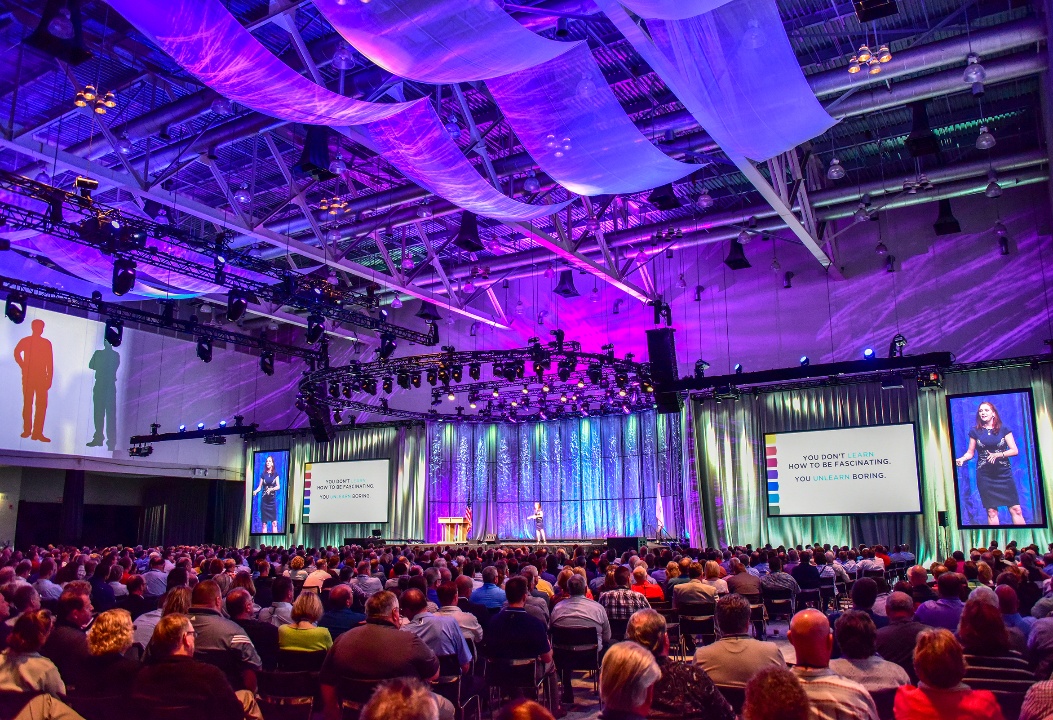Professional Strategies for Guaranteeing Optimal Functionality of Light Emitting Diode Video Screens During Live Music Events
Wiki Article
Light Emitting Diode video walls are growing more popular for real-time performances, such as musical events, meetings, and athletic events. These large screens provide vibrant visuals that can improve the audience's experience. However, to guarantee optimal functionality during these events, it is essential to implement particular tactics. This article will explore five key strategies that can help maintain the standard and dependability of Light Emitting Diode video screens during live performances.
First and most importantly, proper setup is crucial for the functionality of LED video walls. The setup should be done by trained experts who understand the technological needs of the equipment. This includes making sure that the video screen is securely installed and that all connections are correctly made. Additionally, the location of the display wall should be thoughtfully selected to prevent direct light, which can cause glare and impact visibility. A well-planned setup will help prevent technological issues and guarantee that the video screen functions smoothly throughout the performance.
Another crucial strategy is to perform thorough checks before the event starts. This includes running the display wall through multiple scenarios to verify for any potential issues. Technicians should check the brightness, hue accuracy, and clarity of the display. It is also important to check the audio-visual alignment, especially for events that feature video presentation. By identifying and addressing any problems in advance, performance organizers can prevent disruptions during the live performance and guarantee a seamless encounter for the audience.

In addition to setup and testing, having a contingency plan is crucial for the success of Light Emitting Diode video walls. Technological malfunctions can occur unexpectedly, so it is important to be prepared. Performance organizers should have spare gear on hand, such as spare Light Emitting Diode panels and wires. Furthermore, having a skilled technician available during the performance can help quickly resolve any issues that may arise. This proactive method can minimize interruptions and keep the performance running seamlessly, guaranteeing that the audience stays involved.
A further strategy to think about is the use of suitable content for the LED display wall. The visuals shown should be high-quality and relevant to the performance. This implies using graphics and footage that are specially designed for massive screens. Content should be checked to ensure it looks well on the video wall and is simple to view from a distance. Captivating images can enhance the total encounter and keep the audience's focus on the event.
Finally, regular maintenance of the Light Emitting Diode video wall is essential for long-term performance. After each performance, specialists should inspect the equipment for any signs of damage or degradation. Wiping the panels and verifying links can help avoid future issues. Additionally, keeping software and firmware up to date ensures that the video screen functions effectively. By focusing on upkeep, performance planners can prolong the duration of their Light Emitting Diode display walls and ensure they are always ready for the next real-time performance.
In summary, guaranteeing optimal performance of LED video walls during real-time performances requires meticulous preparation and implementation. By focusing on proper installation, comprehensive checks, having a contingency strategy, using appropriate content, and regular maintenance, event organizers can produce a effective and captivating encounter for their spectators. These tactics not only improve the aesthetic impact of the click here for more info event but also contribute to its overall effectiveness.